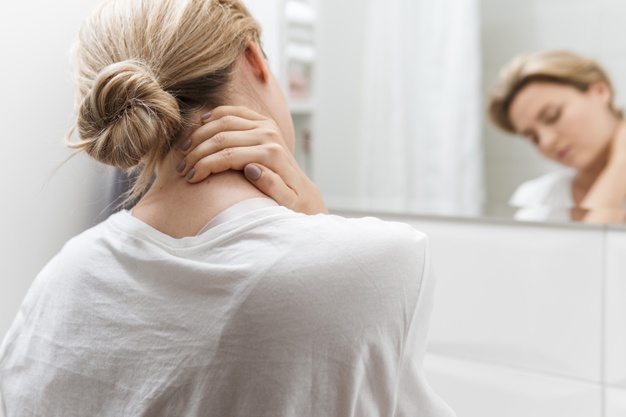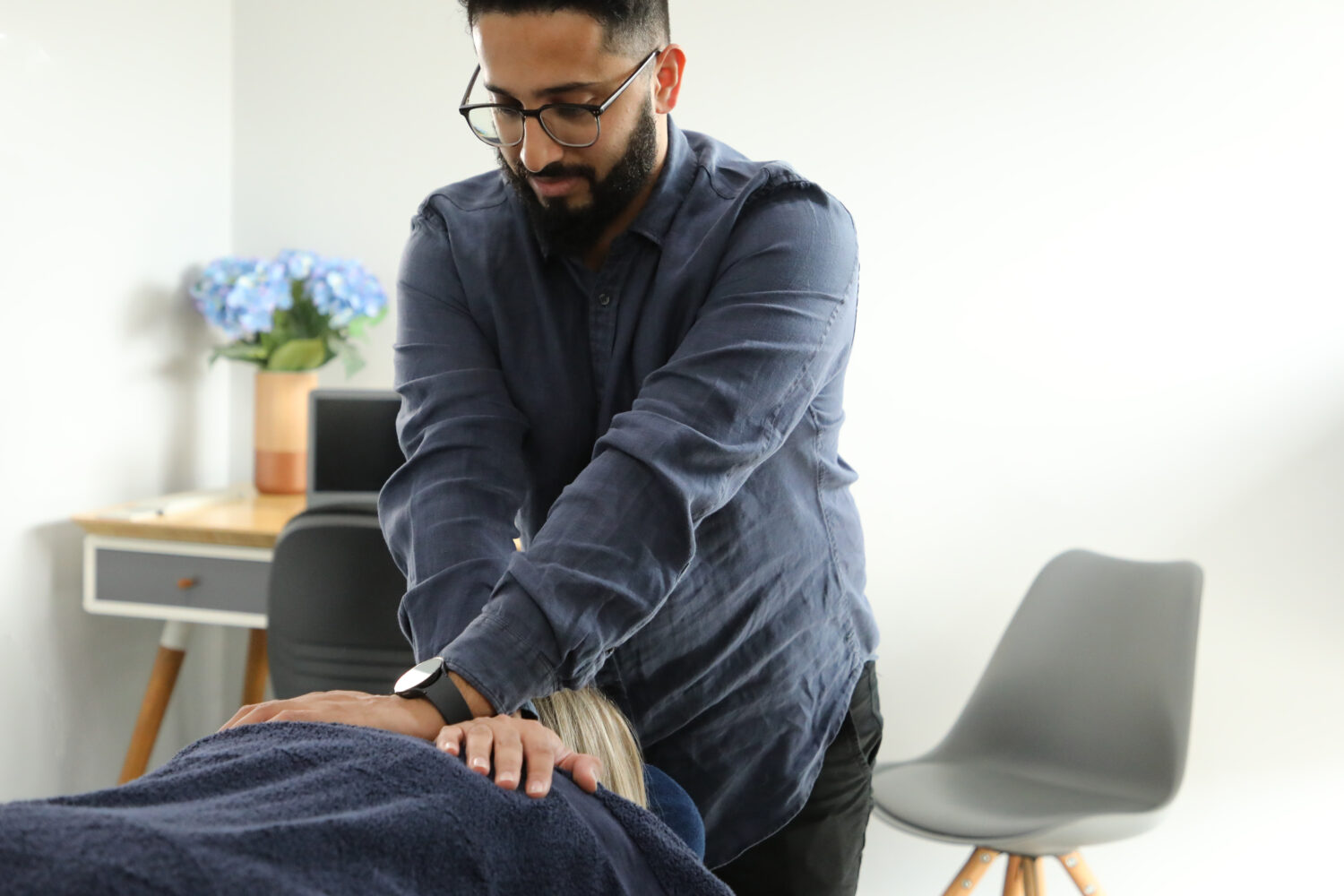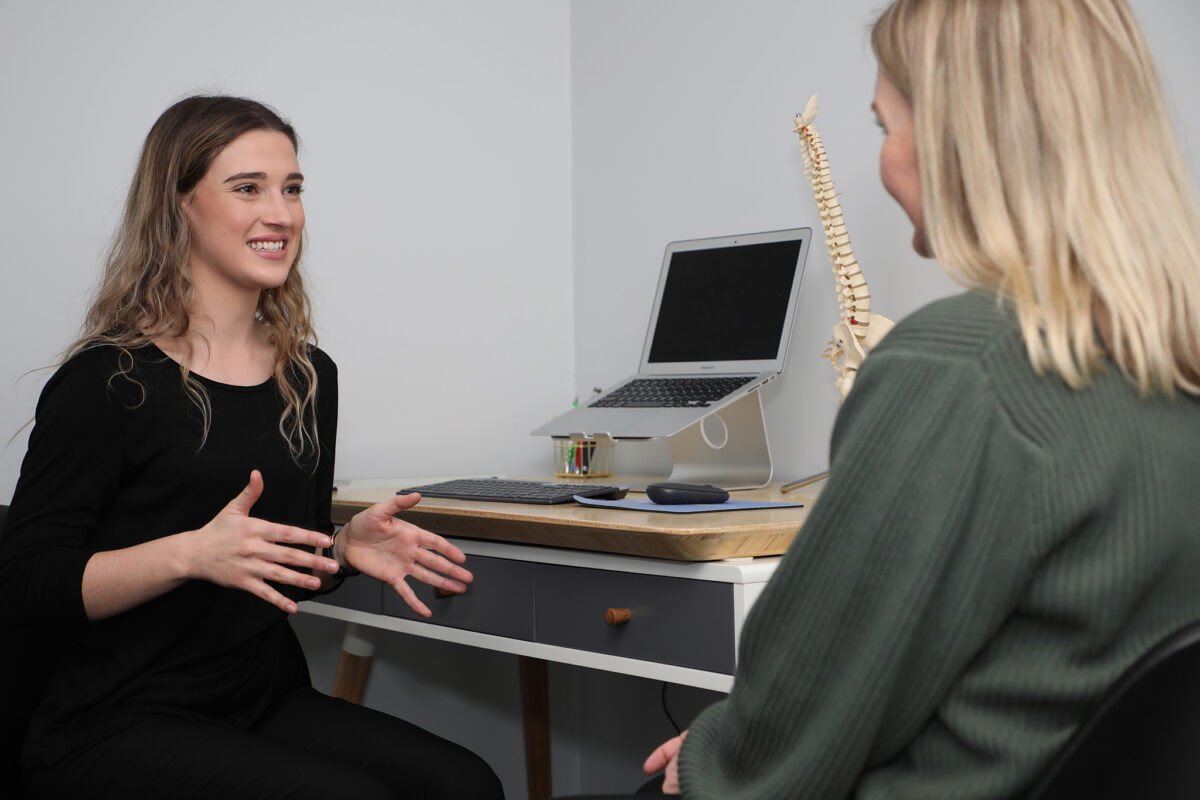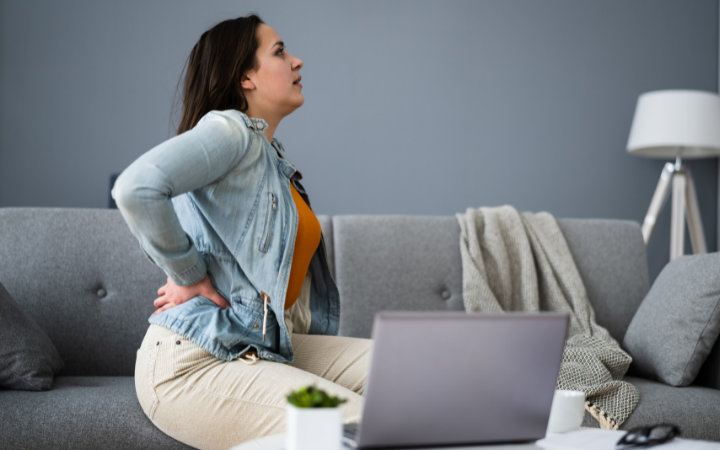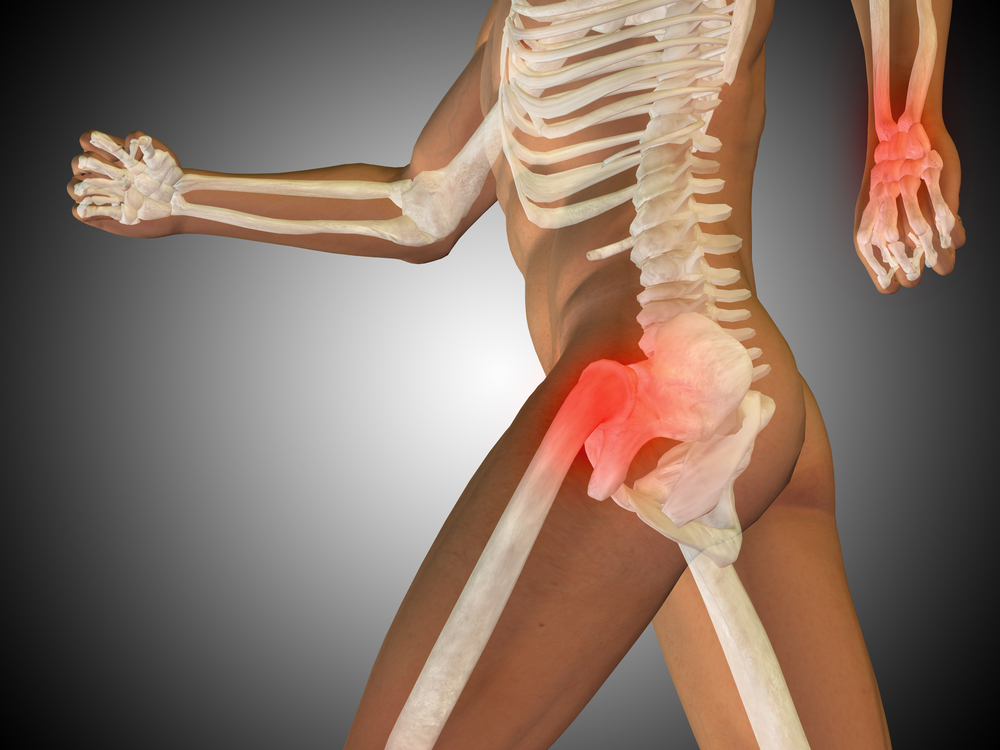PINS & NEEDLES ACROSS YOUR SHOULDERS &/OR DOWN YOUR ARMS? IT MIGHT BE CERVICAL RADICULOPATHY
Skye2025-03-27T00:24:03+00:00Cervical radiculopathy, often referred to as a "pinched nerve" in the neck, is a condition where a nerve root in the cervical spine (neck region) becomes compressed or irritated. This compression leads to a range
